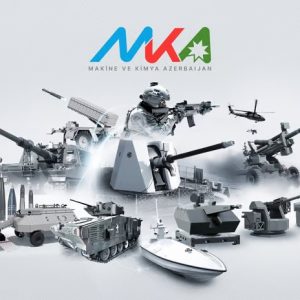Would you accept a machine’s recommendation on a life-and-death decision if you could not explain how it reached that conclusion? That is the core dilemma at the heart of battlefield AI trust. As artificial intelligence systems move from labs into command posts, cockpits, and tactical operations centers, militaries are discovering that raw algorithmic power is not enough. If commanders and operators do not understand AI outputs, they will hesitate to act on them – no matter how advanced the model is.
When “Black-Box” AI Meets the Fog of War
Modern machine learning models often function as black boxes. They ingest vast volumes of sensor feeds, intelligence reports, and operational data, then generate recommendations that may appear precise but remain opaque. In a business setting, that opacity is a governance risk. In combat, it is a trust crisis.
On a future battlefield, an AI assistant might flag a target, propose a route, or prioritize threats in real time. If the system offers no clear rationale – only a cryptic score or classification – human decision-makers face a dilemma. Do they trust the AI over their own experience, their staff, and their intuition? Or do they discount the recommendation because they cannot see the reasoning behind it?
This lack of explainability does more than create hesitation. It can also conceal hidden biases, data gaps, or outright errors embedded in training data and model design. During exercises and early trials, officers already push back against “unreadable” AI outputs, particularly when recommendations diverge from the common operational picture they see with their own eyes.
In short, without explainability, battlefield AI becomes a mysterious presence in the command chain – technically impressive, but operationally underused.
Explainable AI: From Ethical Principle to Combat Multiplier
To unlock the full value of AI by 2030, defense organizations are shifting their focus from raw accuracy to explainability and traceability. NATO’s principles for responsible military AI explicitly emphasize that human operators must retain understanding and authority over algorithmic outputs, not simply sign off on a machine’s verdict.
This shift is now shaping research and prototyping in concrete ways:
- “Show your work” algorithms: New models are designed to highlight which data streams, sensor inputs, or patterns drove a particular alert or recommendation. Instead of a single answer, they provide a structured explanation.
- Confidence scores and plain-language rationale: Experimental battle management systems accompany each suggestion with a confidence level and a short narrative summary, enabling officers to quickly assess whether the AI’s reasoning aligns with operational realities.
- Human-on-the-loop oversight: Rather than fully autonomous decision chains, emerging concepts of operation keep humans firmly in the supervisory role, with rigorous test and evaluation regimes designed to expose failure modes before systems reach the field.
In this paradigm, explainable AI is no longer a purely ethical checkbox; it becomes a combat multiplier. The more clearly an AI system can justify its recommendations, the faster commanders can integrate them into their decision cycles.
Winning or Losing the AI Trust Gap by 2030
The next five years will likely define which armed forces translate AI investment into real operational advantage – and which ones accumulate sophisticated but sidelined algorithms. The differentiator will not be who fields the “smartest” model on paper, but who closes the AI trust gap in practice.
For forward-leaning defense organizations, three priorities stand out:
- Robust validation and red-teaming: AI systems must be stress-tested against adversarial scenarios, deceptive inputs, and degraded data environments. Commanders will only trust tools that have demonstrably survived tough scrutiny.
- User-centric design and training: Operators need interfaces, visualizations, and workflows that make AI reasoning intuitive. Equally important, they require training that frames AI as a partner in decision-making, not a black-box oracle.
- Institutionalizing explainability: Procurement requirements, doctrine, and rules of engagement should all treat explainability and traceability as non-negotiable attributes of battlefield AI, not optional extras.
By the end of the decade, the gap between AI-enabled and AI-frustrated forces will be stark. Militaries that embed explainability into their AI ecosystem will be able to act faster and with greater confidence in high-tempo, data-saturated environments. Those that neglect the trust dimension may find their most advanced systems ignored, overridden, or misused when the pressure peaks.
In other words, battlefield AI trust is not a soft, abstract concern. It is a hard capability question – and one that will increasingly define who holds the real decision advantage in future conflicts.











